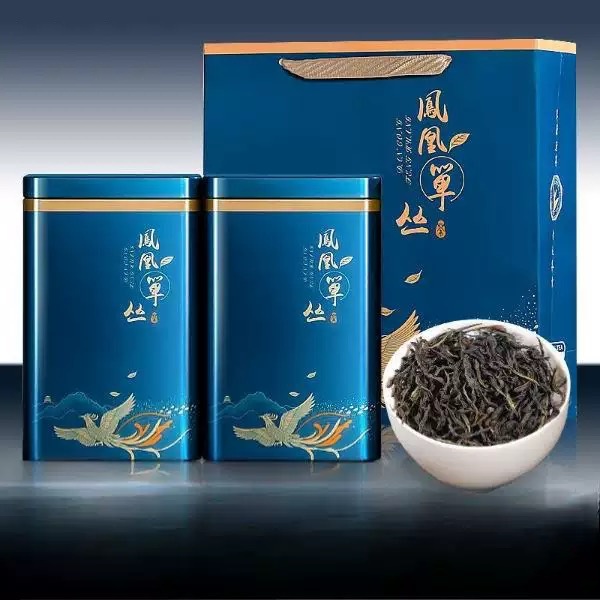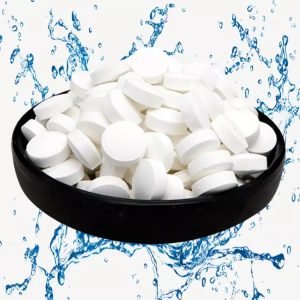Exploring the Art of Oolong Tea Tasting

# Exploring the Art of Oolong Tea Tasting
## The Allure of Oolong Tea
Oolong tea, often referred to as the “champagne of teas,” occupies a unique space between green and black teas. Its partially oxidized leaves produce a wide range of flavors, aromas, and colors that make each tasting experience truly special. Whether you’re a seasoned tea connoisseur or a curious beginner, exploring the art of oolong tea tasting can be a rewarding journey.
## Understanding Oolong Tea Varieties
Keyword: Oolong Tea Tasting
Before diving into tasting, it’s important to recognize that oolong teas vary significantly based on:
– Oxidation levels (ranging from 8% to 85%)
– Roasting techniques
– Growing regions (notably Taiwan and China’s Fujian province)
– Elevation (high mountain vs. lowland teas)
These factors create distinct categories like Tie Guan Yin, Da Hong Pao, and Oriental Beauty, each with its own characteristic profile.
## The Five Elements of Oolong Tea Tasting
### 1. Visual Appreciation
Begin by examining the dry leaves:
High-quality oolong leaves should appear whole, tightly rolled, and display vibrant colors ranging from deep green to reddish-brown depending on oxidation. The presence of silver tips often indicates superior quality.
### 2. Aroma Evaluation
The fragrance of oolong tea unfolds in three stages:
Dry leaf aroma: Before brewing, inhale the scent of the dry leaves to detect floral, fruity, or roasted notes.
Wet leaf aroma: After the first infusion, smell the opened leaves for more complex aromas.
Liquor aroma: Finally, appreciate the scent rising from your cup.
### 3. Flavor Profile
Oolong teas can offer an astonishing range of flavors:
- Floral (orchid, osmanthus)
- Fruity (peach, apricot)
- Mineral (rock oolongs)
- Roasted (nutty, caramel)
- Honey-like sweetness
### 4. Mouthfeel and Texture
Notice how the tea feels in your mouth:
Quality oolongs often have a creamy, velvety texture with varying degrees of astringency. The “hui gan” or returning sweetness is a hallmark of fine oolongs – a pleasant sweetness that lingers after swallowing.
### 5. Aftertaste and Finish
The finish can reveal hidden complexities:
Some oolongs leave a cooling sensation (especially high mountain teas), while others may have a warming, spicy finish. The duration of the aftertaste is another indicator of quality.
## Proper Brewing Techniques
To fully appreciate oolong tea:
Water Temperature
Most oolongs brew best between 185°F (85°C) for greener styles to 205°F (96°C) for darker, more oxidized varieties.
Steeping Time
Start with short infusions (30-45 seconds) and gradually increase time with subsequent brews. High-quality oolongs can yield multiple delicious infusions.
Teaware Selection
Traditional Yixing clay pots or gaiwans are ideal as they enhance the tea’s characteristics. Glass or porcelain also work well for appreciating the liquor color.
## Developing Your Palate
Becoming proficient in oolong tea tasting takes practice:
- Start with contrasting styles to understand the spectrum
- Take notes on each tea’s characteristics
- Attend

